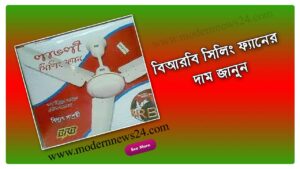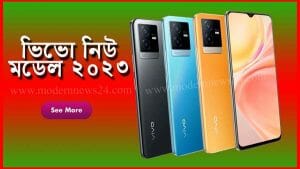O M R এর পূর্ণরূপ কি – Unveiling the Complete Meaning and Significance
SEO Meta-Description: Explore the comprehensive guide to O M R এর পূর্ণরূপ কি, delving into its significance, applications, and benefits. Unravel the mysteries of O M R in this detailed article.
বাংলা বর্ণমালা কয়টি
Introduction: Decoding O M R
In the realm of modern technology and education, O M R has become a buzzword, garnering attention across various fields. O M R stands for Optical Mark Recognition, a sophisticated technology that holds immense value in automating data collection and processing. In this article, we embark on a journey to uncover the full scope of O M R, its applications, and its contributions to various industries.
O M R এর পূর্ণরূপ কি? Understanding the Complete Meaning
At its core, O M R এর পূর্ণরূপ কি translates to “What is the Full Form of O M R?” The acronym O M R stands for Optical Mark Recognition. This technology involves the electronic scanning and interpretation of marked fields on paper forms. O M R systems are designed to recognize pencil or ink marks on standardized documents, such as surveys, tests, and questionnaires. These marks are then converted into digital data, streamlining the process of data collection and analysis.
The Evolution of O M R: From Concept to Reality
Over the years, O M R has evolved from a novel idea to a pivotal tool in various industries. Initially, O M R was primarily used in educational institutions for conducting multiple-choice tests. However, its potential soon transcended beyond academia. Today, O M R technology is widely utilized in areas such as:
Surveys and feedback forms
Voting systems
Data collection for research
Census and demographic analysis
Financial institutions for processing forms
Unveiling the Working Mechanism of O M R
O M R operates on a simple yet ingenious principle. Specialized scanners equipped with optical sensors capture the marks made on paper forms. These marks, whether filled circles or checkboxes, are interpreted as binary data – typically, a marked circle represents “1,” and an empty circle represents “0.” The scanner then translates this binary data into digital information that can be easily processed and analyzed using software.
Advantages of O M R: Simplifying Data Management
Embracing O M R offers a plethora of advantages:
Efficiency: O M R technology significantly reduces the time and effort required for data entry, eliminating the need for manual input.
Accuracy: Human errors in data entry are minimized, ensuring reliable and precise results.
Cost-Effectiveness: O M R systems prove to be cost-effective in the long run by saving labor costs and resources.
Speed: Large volumes of data can be processed and analyzed swiftly, expediting decision-making processes.
Challenges and Solutions in O M R Implementation
While O M R presents numerous benefits, its implementation is not without challenges. Some of these challenges include:
Form Design: Designing O M R-compatible forms requires careful consideration of layout, spacing, and alignment to ensure accurate data capture.
Quality of Marks: Faint or incomplete marks can lead to misinterpretation, necessitating a mechanism to detect and rectify such issues.
Data Interpretation: Complex forms with multiple marks or ambiguous responses may pose challenges in data interpretation.
To address these challenges, advancements in O M R technology have led to improved scanning capabilities, intelligent mark detection algorithms, and user-friendly software interfaces.

FAQs about O M R এর পূর্ণরূপ কি
Q: How does O M R technology differ from traditional scanning?
A: O M R technology specifically focuses on detecting and interpreting marked fields, whereas traditional scanning captures entire documents as images.
Q: Can O M R be used for handwritten responses?
A: No, O M R is primarily designed for processing marks made in pencil or ink, not for full handwritten responses.
Q: Are O M R systems customizable for different forms?
A: Yes, O M R software can be configured to recognize specific mark patterns and adapt to various form designs.
Q: What is the role of O M R in elections?
A: O M R-based voting systems streamline the ballot-counting process, ensuring accurate and efficient elections.
Q: Is O M R technology vulnerable to cheating or manipulation?
A: While O M R systems are designed with security features, ensuring the integrity of the process requires proper implementation and monitoring.
Q: Can O M R be integrated with other data analysis tools?
A: Absolutely, O M R-generated data can be easily exported and integrated with various data analysis and management tools.
Conclusion: Unleashing the Potential of O M R
In the ever-evolving landscape of technology, O M R এর পূর্ণরূপ কি – Optical Mark Recognition – stands as a testament to innovation and efficiency. From revolutionizing education assessment to optimizing data collection in diverse sectors, O M R has woven itself into the fabric of modern workflows. As O M R technology continues to advance, its potential applications are boundless, promising a future where manual data entry becomes a relic of the past.







